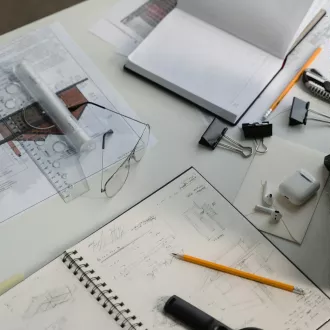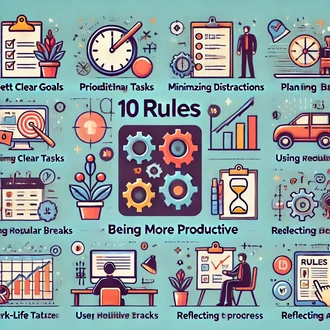Transcription Techniques for responding quickly to e-mails
Responding quickly to emails is an essential skill for improving productivity and efficiency in today's work environment. With the increasing amount of emails we receive on a daily basis, it is critical to have effective techniques to manage our inbox efficiently and respond to messages in a timely manner.
In this session, we will explore various techniques and strategies to respond quickly to emails, making the most of the digital tools available.
Establishing blocks of time dedicated to email
One effective technique for responding quickly to emails is to set up blocks of time dedicated exclusively to this task. Instead of checking and responding to messages continuously throughout the day, we can schedule specific time intervals to check the inbox.
For example, set aside 15 or 30 minutes in the morning, at noon and at the end of the day to respond to emails. By having dedicated blocks of time, we can focus exclusively on this task and avoid constant distractions during the rest of the day.
Use pre-determined responses or templates
One way to streamline the response process is to use default responses or templates for common messages. Many emails we receive may be similar inquiries or requests.
Setting up predefined responses or templates for these situations allows us to respond quickly with standard and accurate information. However, it is important to customize these templates according to the needs of each message to avoid generic responses that may appear unprofessional.
Prioritize urgent e-mails
A key strategy for responding quickly to emails is to identify and prioritize those that require an urgent response. Using importance markers or urgent tags allows us to highlight messages that need immediate attention. By addressing urgent emails first, we can ensure that critical issues are resolved in a timely manner and prevent them from piling up in the inbox.
Apply the "two-minute" technique.
A popular technique for responding quickly to emails is the "two-minute" rule. If an email can be answered or resolved in less than two minutes, it is better to do it right away rather than putting it off until later. This prevents small tasks from piling up and becoming a drag on our inbox. By applying the "two-minute" rule, we can keep our inbox cleaner and more organized.
Procrastination in responding to emails can lead to a backlog of unresolved messages and increase stress. It is important to avoid procrastinating in responding to emails, as this can lead to forgetting certain requests or generating a lack of communication with colleagues or clients. The key is to address messages in a timely and effective manner, even if the response requires fur
techniques respond emails




